The Halloween Holiday is celebrated around the world in a variety of different ways.
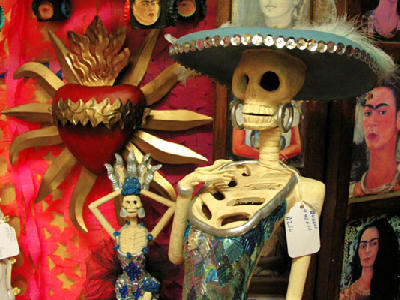
Ireland was the birthplace of the Halloween holiday and many of the old traditions of Samhain are still practiced there. Bonfires are lit just like in Pagan times. People make cakes out of raisin bread called “barnbrack” which usually has a ring baked into it. Finding a ring in a barnbrack means that you will soon be getting married. Children dress up in costumes and go trick-or-treating. At parties, they bob for apples or hang an apple from a string and attempt to eat it without using their hands. Children also play pranks on neighbors by knocking on doors and then running away before the person answers it.
In England, turnip lanterns are still carved into Jack O Lanterns. People throw objects such as stones, vegetables and nuts into bonfires to frighten away the spirits.
In Germany, people hide their knives on Halloween night so that the returning spirits won’t harm them. In Austria, people leave bread, water and a lighted lamp on the table on Halloween night to welcome the souls of the dead. In Poland doors and windows are left open to welcome the spirits.
In Sweden, Halloween is known as “Alla Helgons Dag” and is celebrated for a whole week. In the Czech Republic, chairs are placed by the fireside on Halloween night. One chair for each living family member and one for each dead family member. The custom in Belgium on Halloween night is to light candles in memory of dead relatives.
In Italy, families prepare a feast for the souls of the dead and leave it on the table while they go to church. If they come home and the offerings haven’t been eaten, it means that the spirits disapproved of their home and will cause evil things to happen to them.
In Spain and Mexico, Halloween is known as “El Dia de los Muertos”, The Day of the Dead. It is a happy holiday that lasts for 3 days, as people remember the spirits of their dead relatives. Families construct an altar in their home and decorate it with candy, flowers, photographs, fresh water and food. A basin and towel are left out so the spirits can wash before eating. Candles and incense are burned to help the dead find their way home. A live person is placed inside a coffin, which is then paraded through the streets while people toss fruit, flowers and candy into the casket.
Japanese people celebrate the “Obon Festival” in August, when the dead are believed to return to the places where they were born. Red lanterns are hung everywhere and a fire is lit in every house in order to show the spirits where their families might be found. Candles are lit and placed into lanterns which are then set afloat on rivers and seas. Special foods are prepared, Memorial stones are cleaned and community dances performed.
In China, Halloween is known as “Teng Chieh”. Food and water are placed in front of photographs of dead family members. Bonfires and lanterns are lit in order to light the paths of the spirits of the dead. Buddhists make large paper boats which are then burned to free the spirits of the dead so they can leave the earth.
In Korea, they have a festival in August known as “Chusok.” Korean families visit the tombs of their ancestors and thank them for the fruits of their labor by leaving offerings of rice and fruit.
Halloween in Hong Kong is known as “Yue Lan”, the Festival of the Hungry Ghosts. It is believed that the spirits of the dead return to walk the night. People burn pictures of fruit or money. The belief is that these images will reach the spirit world and feed the hungry ghosts.
Halloween is not celebrated in France.


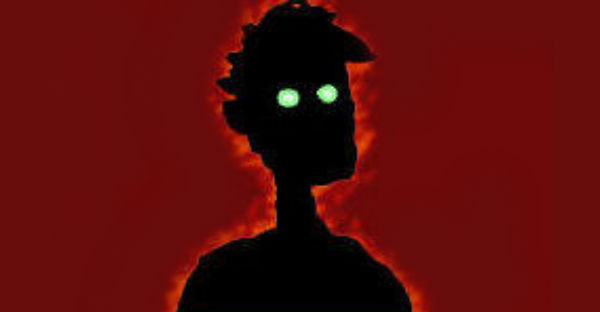

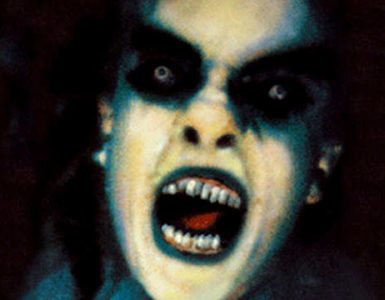
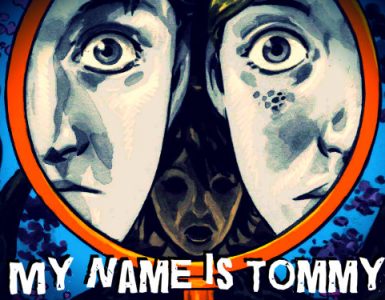
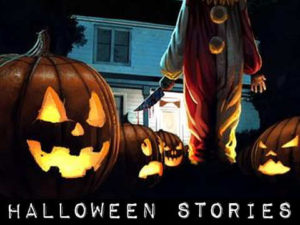
Add comment